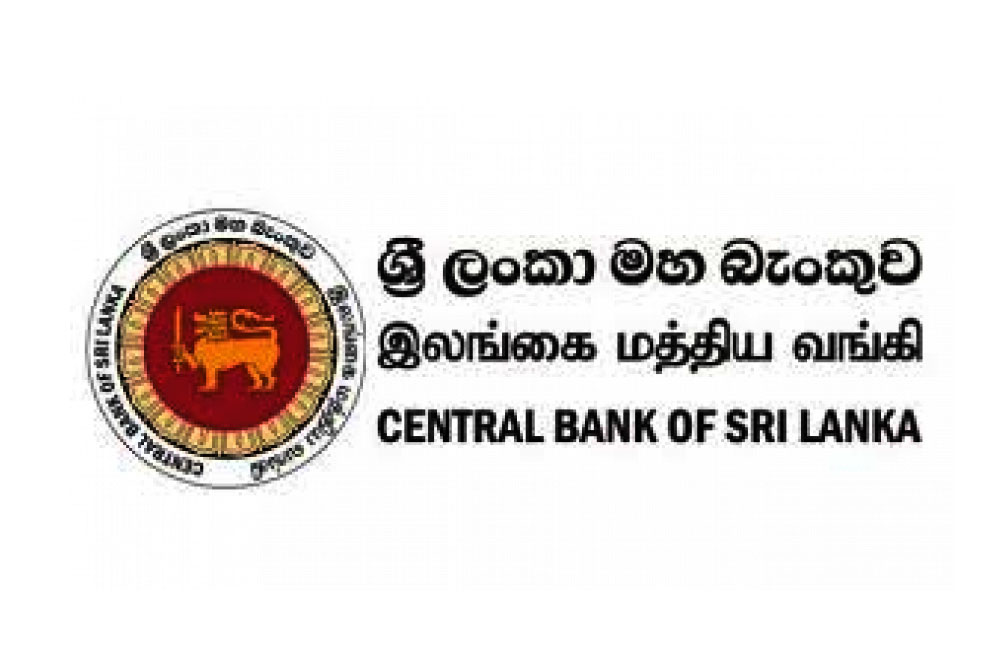Sri Lanka’s trade deficit widened further as the growth in import expenditure outpaced the rise in earnings from exports, although earnings from services exports, including tourism, and workers’ remittances helped cushion the external current account deficit to some extent, Central Bank claimed.
Amidst the widened trade and current account deficits, which were partly due to the increased expenditure on fuel imports and imports of motor vehicles and gold, the balance of payments (BOP) also experienced pressure from the emerging market selloff caused by tightening global financial conditions and the strengthening of the US dollar.
These developments resulted in a sharp depreciation of the Sri Lankan rupee, and the Central Bank intervened in the market at times to prevent disorderly adjustment of the exchange rate while allowing demand and supply conditions to determine its direction, Central Bank announced.
In the meantime, a senior official of the bank noted that the performance was mixed on the fiscal front, with the overall budget balance and the primary balance improving during the first eight months of the year, while the current account balance deteriorated marginally.
Nevertheless, the lower than expected revenue collection is likely to challenge the achievement of the targeted budget deficit for 2018, despite the slowdown observed in expenditure, he added.

Leave your comments
Login to post a comment
Post comment as a guest